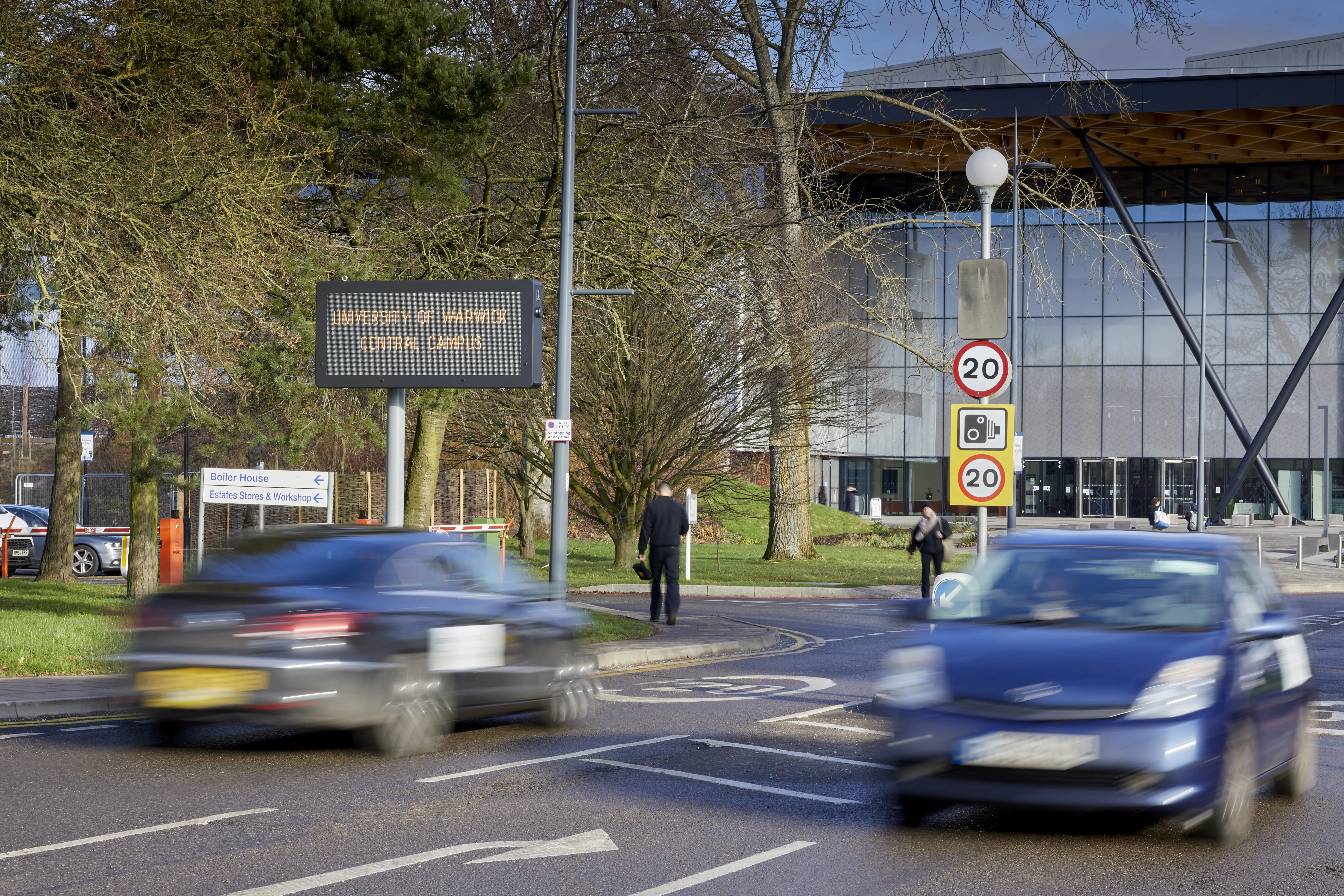Sitraffic Guide is a new type of dynamic parking guidance system from Siemens Mobility. It has been developed not only to guide car drivers to unoccupied parking spaces in a city but also to be used as an integral part of a traffic management control centre. Previously, according to Siemens, parking guidance systems were mostly operated as isolated, standalone systems. However, communities are now requiring that such sys
July 24, 2012
Read time: 2 mins

Sitraffic Guide is a new type of dynamic parking guidance system from 120 Siemens Mobility. It has been developed not only to guide car drivers to unoccupied parking spaces in a city but also to be used as an integral part of a traffic management control centre.
Previously, according to Siemens, parking guidance systems were mostly operated as isolated, standalone systems. However, communities are now requiring that such systems be deployed as part of an overall traffic management system. Sitraffic Guide is an easy-to-integrate component of the Sitraffic family of systems from Siemens Mobility and can be expanded step-by-step to create a comprehensive traffic management system. For example, communities can supplement the system with additional modules such as a traffic computer centre, a freeway management system, automatic traffic incident detection or video monitoring, in order to implement diverse harmonised strategies. As Siemens put it, parking guidance thus becomes part of a holistic traffic optimisation process.
Sitraffic Guide has a graphic user interface. This means that an operator can view the entire occupancy and utilisation situation in a clear and easily comprehensible form and, if desired, can also intervene manually from a central location. A certain number of parking spaces can thus be reserved, or control of the signs can be adapted to car park opening times. In addition, there are tools for statistical evaluations and the generation of system reports. For link-up to external systems, Sitraffic Guide supports the standardised OCPI (Open Content Provider Interface) system interface. This makes it possible to transfer car park occupancy data to a web server or import occupancy data from external multi-storey car park systems.
Previously, according to Siemens, parking guidance systems were mostly operated as isolated, standalone systems. However, communities are now requiring that such systems be deployed as part of an overall traffic management system. Sitraffic Guide is an easy-to-integrate component of the Sitraffic family of systems from Siemens Mobility and can be expanded step-by-step to create a comprehensive traffic management system. For example, communities can supplement the system with additional modules such as a traffic computer centre, a freeway management system, automatic traffic incident detection or video monitoring, in order to implement diverse harmonised strategies. As Siemens put it, parking guidance thus becomes part of a holistic traffic optimisation process.
Sitraffic Guide has a graphic user interface. This means that an operator can view the entire occupancy and utilisation situation in a clear and easily comprehensible form and, if desired, can also intervene manually from a central location. A certain number of parking spaces can thus be reserved, or control of the signs can be adapted to car park opening times. In addition, there are tools for statistical evaluations and the generation of system reports. For link-up to external systems, Sitraffic Guide supports the standardised OCPI (Open Content Provider Interface) system interface. This makes it possible to transfer car park occupancy data to a web server or import occupancy data from external multi-storey car park systems.










